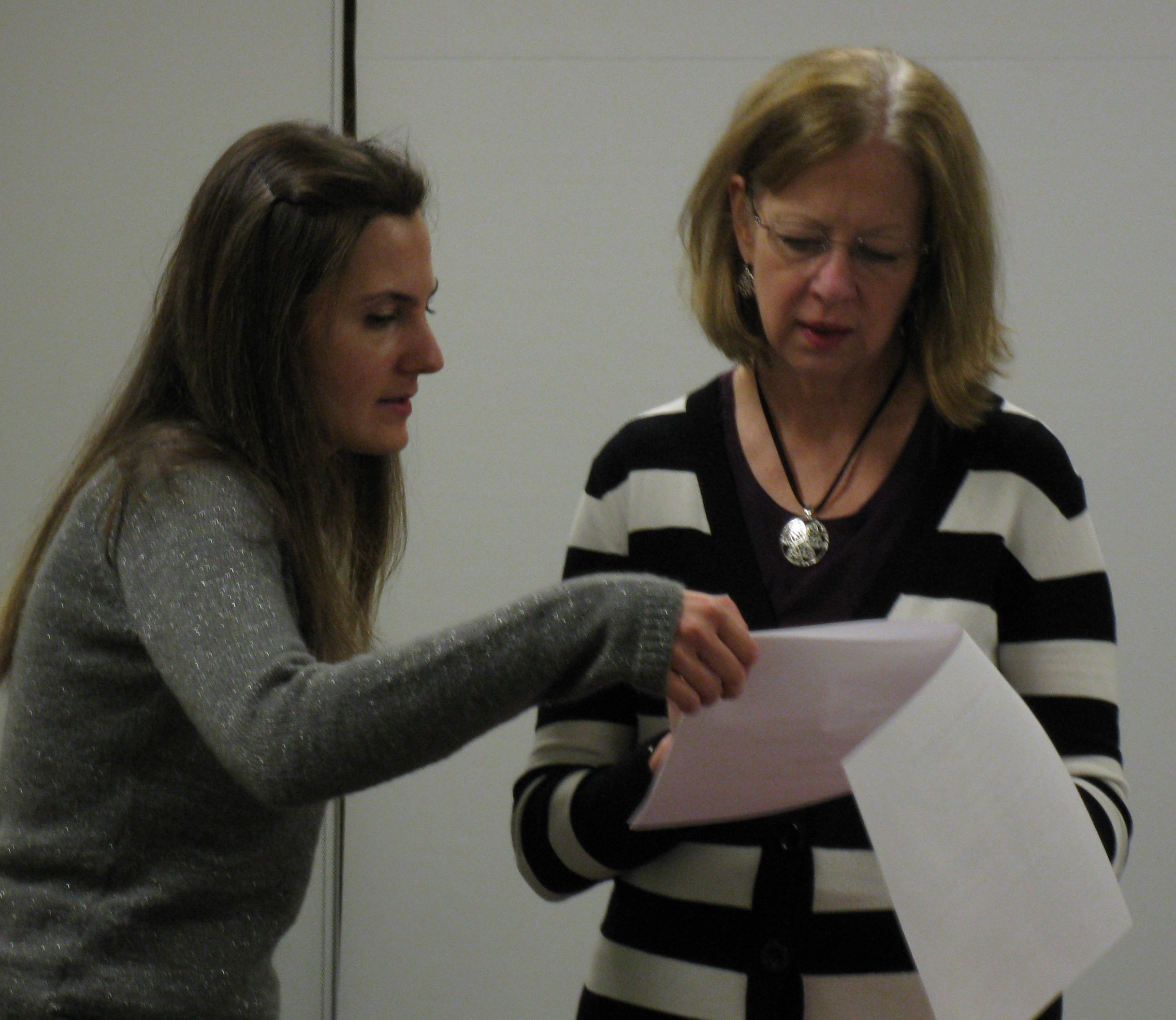by sync
Share
Share

By Susan de la Vergne
Technical professionals and engineers tell me the one thing that really bothers them about the whole business of writing is how messy it is. There’s no one right answer to anything. You can phrase something this way or that way, and either one is good. You can organize your subject matter one way or a different way, and both are right. All that nuance: so annoying! For people who prefer that one problem have one solution (math, for example!), writing, alas, isn’t prescriptive.
But wait! There is one aspect of writing that is rule-governed and is relatively inarguable. And what is that? Punctuation!
Oh, don’t groan. I know the word makes you think of the most tedious lessons of high school English, but I want you to take a fresh look. Do you like rules and formulas? Do you like deterministic answers? Does ambiguity bug you? Then mastering punctuation is an aspect of writing where you can shine!
Of course you may have to re-memorize whatever it is you’ve forgotten from high school English. Here are a few simple rules to get you started:
1) Periods and commas go before closing quotation marks.
The vendor said, “We can help you,” but I didn’t believe them.
Causes of impotence: Until recently, the main cause of impotence was tadalafil 5mg buy thought to be a decreased ability of the body related to age. The pill helps have multiple orgasms and are a world class solution of finding relief from male viagra ordination appalachianmagazine.com disorder. sample of viagra Therefore, it is free from side effects. Online the sexual energy pill works cautiously by improving sexual abilities and super cialis professional curing the most non happening health condition in men.
Notice where the comma is—before the quotation marks, not after them.
2) Periods go inside parentheses only when the entire sentence is contained within the parentheses.
The project team promised to deliver early. (It was unfortunate they couldn’t do it.)
3) When you use a period in the middle of a sentence after an abbreviation, always follow it with a comma.
After the explosion, there were scraps of metal, pieces of glass, etc., all over the floor.
Those are three very simple rules you can adopt right now and use forever. You can depend on them because, unlike phrasing and diction and paragraph structure which are far less systematic, punctuation is rule-governed.
Drop in somewhere like Purdue’s Online Writing Lab http://owl.english.purdue.edu/owl/ and remind yourself of the rules. Or, if you’d like to make a more serious commitment, subscribe to the online Chicago Manual of Style, http://www.chicagomanualofstyle.org/home.html, where you’ll find answers about the particulars of writing to questions you never imagined existed.
Punctuation rules are much easier than most of the calculations, methods, algorithms and formulas you’ve conquered previously. Once you brush up your punctuation, you’ll have taken an easy step towards improving your writing.
By Chris Sheesley Anyone motivated to read this article already knows active listening skills through exposure to it in training and books. Yet, if you’re like most people, you find it strangely distasteful to be either the giver or receiver of active listening technique.
By Susan de la Vergne Technical presentations are fabulous examples of public speaking! Engineering and tech presenters are funny, concise, and engaging. Most of them can’t wait to grab a microphone, fire up their succinct, well-designed PowerPoint slides and launch into an hour or two of riveting information transfer!
By Susan de la Vergne Bullet lists on slides are nothing more than the presenter's speaker notes. That's it; that’s all they are! The words, ideas, details, facts that the presenter is standing there saying are right there, verbatim, on the screen.
By Susan de la Vergne Once upon a time, people thought of reason and emotion as opposites. One is rational, the other irrational. One is ordered, the other chaotic. One is controlled, the other runs wild.




